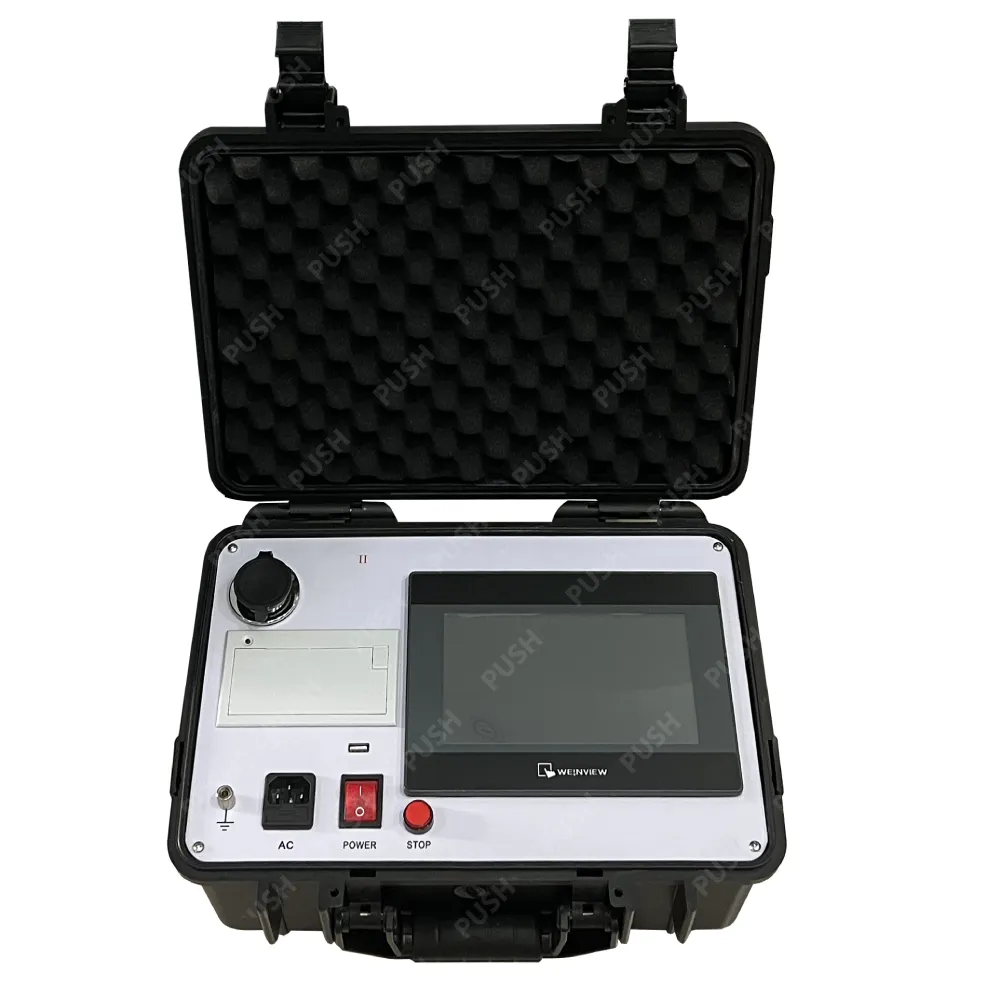TEL:
+86-0312-3189593
 English
English

Telephone:0312-3189593

Email:sales@oil-tester.com

-
 Afrikaans
Afrikaans -
 Albanian
Albanian -
 Amharic
Amharic -
 Arabic
Arabic -
 Armenian
Armenian -
 Azerbaijani
Azerbaijani -
 Basque
Basque -
 Belarusian
Belarusian -
 Bengali
Bengali -
 Bosnian
Bosnian -
 Bulgarian
Bulgarian -
 Catalan
Catalan -
 Cebuano
Cebuano -
 China
China -
 China (Taiwan)
China (Taiwan) -
 Corsican
Corsican -
 Croatian
Croatian -
 Czech
Czech -
 Danish
Danish -
 Dutch
Dutch -
 English
English -
 Esperanto
Esperanto -
 Estonian
Estonian -
 Finnish
Finnish -
 French
French -
 Frisian
Frisian -
 Galician
Galician -
 Georgian
Georgian -
 German
German -
 Greek
Greek -
 Gujarati
Gujarati -
 Haitian Creole
Haitian Creole -
 hausa
hausa -
 hawaiian
hawaiian -
 Hebrew
Hebrew -
 Hindi
Hindi -
 Miao
Miao -
 Hungarian
Hungarian -
 Icelandic
Icelandic -
 igbo
igbo -
 Indonesian
Indonesian -
 irish
irish -
 Italian
Italian -
 Japanese
Japanese -
 Javanese
Javanese -
 Kannada
Kannada -
 kazakh
kazakh -
 Khmer
Khmer -
 Rwandese
Rwandese -
 Korean
Korean -
 Kurdish
Kurdish -
 Kyrgyz
Kyrgyz -
 Lao
Lao -
 Latin
Latin -
 Latvian
Latvian -
 Lithuanian
Lithuanian -
 Luxembourgish
Luxembourgish -
 Macedonian
Macedonian -
 Malgashi
Malgashi -
 Malay
Malay -
 Malayalam
Malayalam -
 Maltese
Maltese -
 Maori
Maori -
 Marathi
Marathi -
 Mongolian
Mongolian -
 Myanmar
Myanmar -
 Nepali
Nepali -
 Norwegian
Norwegian -
 Norwegian
Norwegian -
 Occitan
Occitan -
 Pashto
Pashto -
 Persian
Persian -
 Polish
Polish -
 Portuguese
Portuguese -
 Punjabi
Punjabi -
 Romanian
Romanian -
 Russian
Russian -
 Samoan
Samoan -
 Scottish Gaelic
Scottish Gaelic -
 Serbian
Serbian -
 Sesotho
Sesotho -
 Shona
Shona -
 Sindhi
Sindhi -
 Sinhala
Sinhala -
 Slovak
Slovak -
 Slovenian
Slovenian -
 Somali
Somali -
 Spanish
Spanish -
 Sundanese
Sundanese -
 Swahili
Swahili -
 Swedish
Swedish -
 Tagalog
Tagalog -
 Tajik
Tajik -
 Tamil
Tamil -
 Tatar
Tatar -
 Telugu
Telugu -
 Thai
Thai -
 Turkish
Turkish -
 Turkmen
Turkmen -
 Ukrainian
Ukrainian -
 Urdu
Urdu -
 Uighur
Uighur -
 Uzbek
Uzbek -
 Vietnamese
Vietnamese -
 Welsh
Welsh -
 Bantu
Bantu -
 Yiddish
Yiddish -
 Yoruba
Yoruba -
 Zulu
Zulu
फेब . 03, 2025 05:35
Back to list
PS-DC10A Transformer DC Winding Resistance Tester
DC winding resistance testing plays a crucial role in the maintenance and diagnostic processes of electrical systems, particularly in transformers and motors. Accurate and efficient testing can not only extend the lifespan of these components but also ensure operational safety and reliability. The focus here is on offering a comprehensive guide that stands out for its detailed insights and real-world applicability.
When executing a test, record the readings meticulously and compare them with the manufacturer's specifications or baseline measurements acquired during previous tests. Variations from expected values may indicate potential problems such as deterioration or impending failures. For transformers, a deviation from expected resistance values could signify issues such as loose connections, failing joints, or shorted turns. To augment your testing process, consider utilizing advanced software solutions available with certain micro-ohmmeters. These applications can facilitate data management, trend analysis, and remote reporting, enabling maintenance teams to efficiently track the health of their assets over time. Moreover, such tools help in meeting compliance requirements and adhering to industry standards, further reinforcing the reliability and thoroughness of your maintenance practices. Finally, ongoing training and certifications are essential for professionals involved in DC winding resistance testing. Understanding the latest industry practices and technological advancements ensures your skills remain relevant and sharp. Engaging in regular training programs not only enhances expertise but also boosts the credibility and authority of the testing personnel. In conclusion, while DC winding resistance testing might seem straightforward, the efficacy of the process lies in a combination of the right equipment, meticulous preparation, and skilled execution. Embracing a structured approach amplifies both the expertise and trustworthiness of the testing process, contributing to the optimal performance and longevity of electrical assets.


When executing a test, record the readings meticulously and compare them with the manufacturer's specifications or baseline measurements acquired during previous tests. Variations from expected values may indicate potential problems such as deterioration or impending failures. For transformers, a deviation from expected resistance values could signify issues such as loose connections, failing joints, or shorted turns. To augment your testing process, consider utilizing advanced software solutions available with certain micro-ohmmeters. These applications can facilitate data management, trend analysis, and remote reporting, enabling maintenance teams to efficiently track the health of their assets over time. Moreover, such tools help in meeting compliance requirements and adhering to industry standards, further reinforcing the reliability and thoroughness of your maintenance practices. Finally, ongoing training and certifications are essential for professionals involved in DC winding resistance testing. Understanding the latest industry practices and technological advancements ensures your skills remain relevant and sharp. Engaging in regular training programs not only enhances expertise but also boosts the credibility and authority of the testing personnel. In conclusion, while DC winding resistance testing might seem straightforward, the efficacy of the process lies in a combination of the right equipment, meticulous preparation, and skilled execution. Embracing a structured approach amplifies both the expertise and trustworthiness of the testing process, contributing to the optimal performance and longevity of electrical assets.
Latest news
-
Testing Equipment Industry Sees Major Advancements in 2025: Smart & Precision Technologies Lead the WayNewsJun.06,2025
-
Applications of Direct Current Generators in Renewable Energy SystemsNewsJun.05,2025
-
Hipot Tester Calibration and Accuracy GuidelinesNewsJun.05,2025
-
Digital Circuit Breaker Analyzer Features and BenefitsNewsJun.05,2025
-
Benefits of Real-Time Power Quality Monitoring Devices for Industrial EfficiencyNewsJun.05,2025
-
Earth Fault Loop Testing in High-Rise Building Electrical SystemsNewsJun.05,2025



